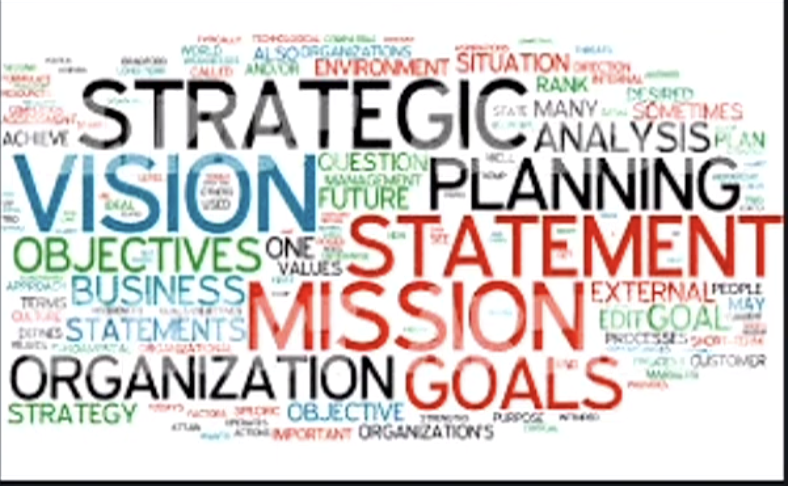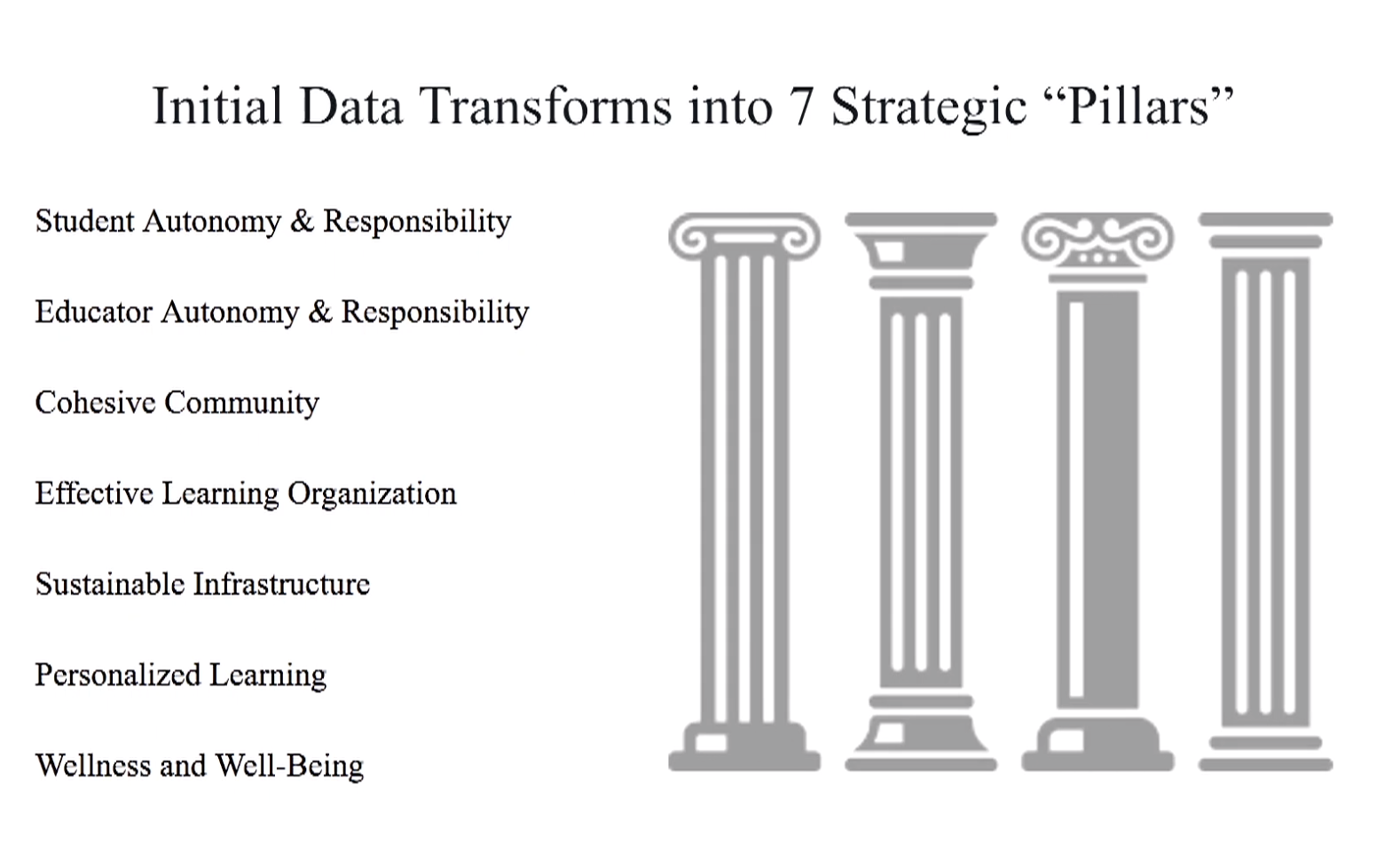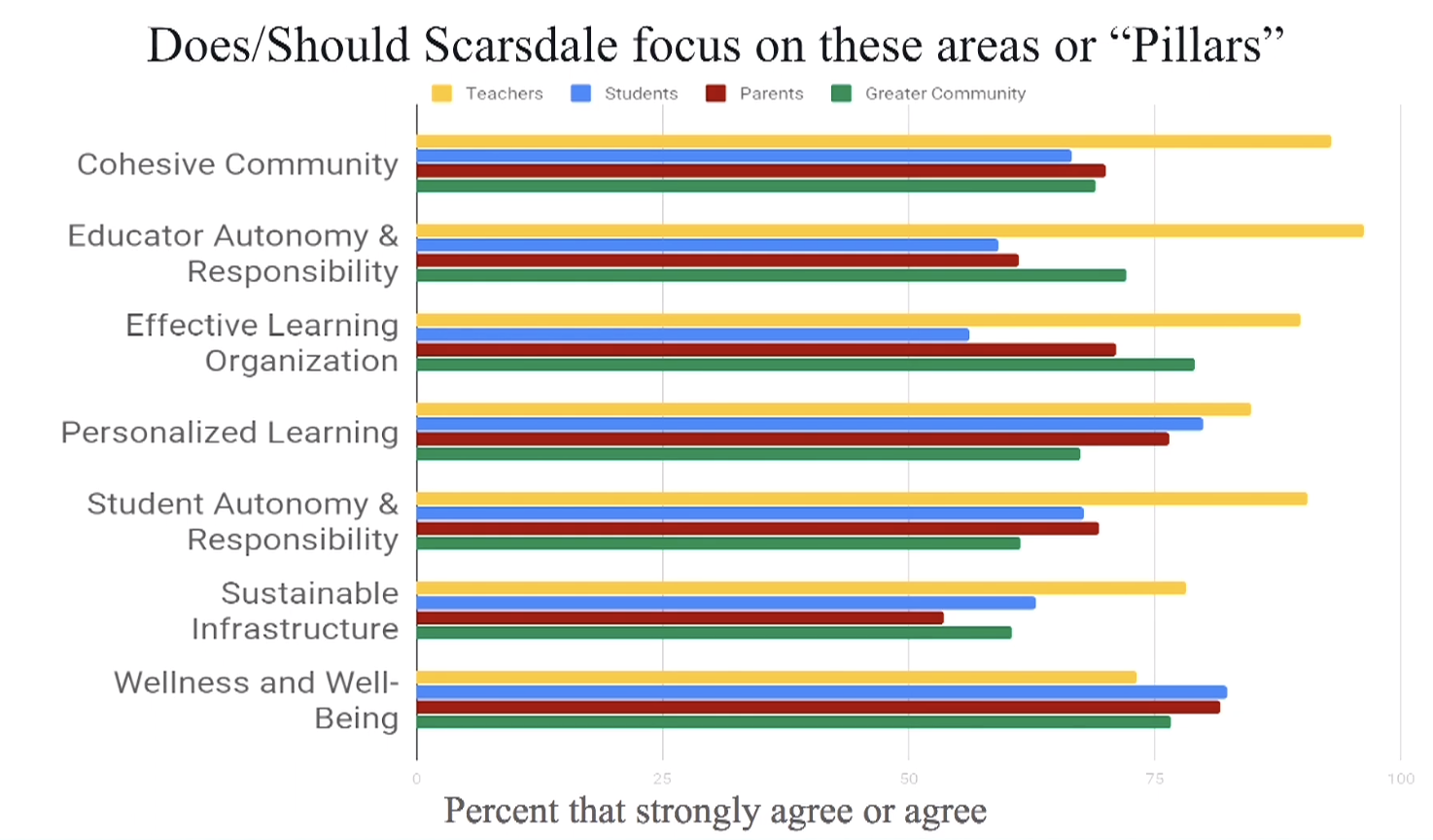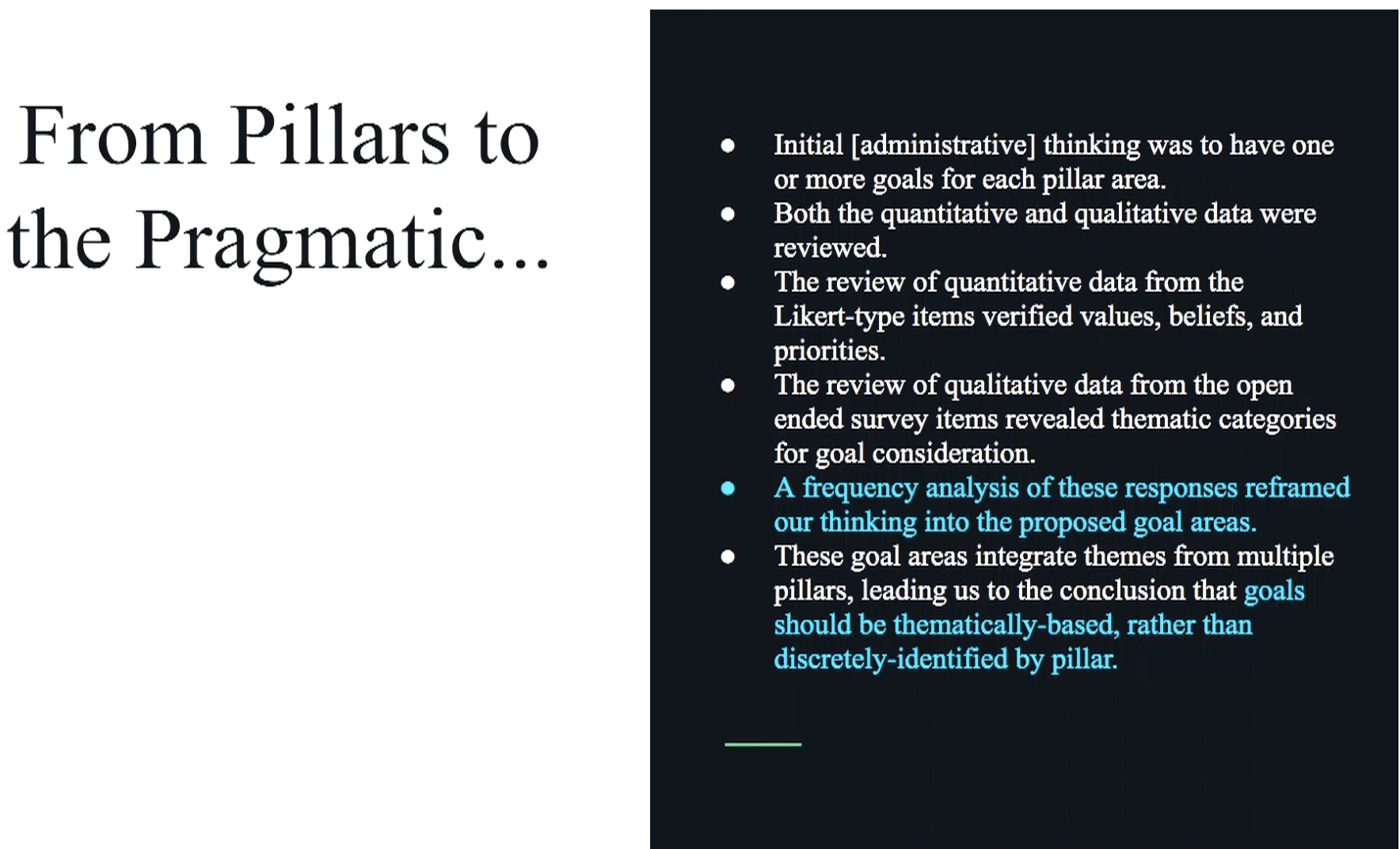School Administration Defines Strategic Goals for Future Learning
 Having spent the last few years focused on district facilities, Superintendent Thomas Hagerman and Assistant Superintendent Edgar McIntosh turned their attention to delivering a five-year strategic plan to guide the learning that will occur within these upgraded spaces.
Having spent the last few years focused on district facilities, Superintendent Thomas Hagerman and Assistant Superintendent Edgar McIntosh turned their attention to delivering a five-year strategic plan to guide the learning that will occur within these upgraded spaces.
The far-reaching plan was the subject of the educational report delivered at the Scarsdale Board of Education meeting on Monday September 23, 2019. Based on survey data and qualitative and quantitive research, the plan assessed stakeholder priorities and formulated these into 13 district-wide goals that will drive curricular decision-making in the years to come.
Describing the strategic planning process, Dr. Hagerman read a quote from a well-known educator, saying, “Strategic planning is not about writing an ideal document called a strategic plan. It is about shaping and crafting strategies that achieve intended results … strategy, like innovation, is not about what you say or believe. It is about what you do. (William 1994)”
He explained, “This is about the actionable parts of the plans … this is about what students can do with what they know.”
Hagerman and McIntosh explained that they began with a survey of community stakeholders including teachers, students, parents and community members to define their priorities. They sought to determine teachers’, students’ and parents’ priorities for the district and explore how these aspirations could be used to define specific goals for learning at all levels.
The survey asked responders from each of these stakeholder groups to assess how well the ideals identified in the following seven pillars were being implemented.
Describing their interpretation of these seven pillars, here is what they shared:
Student Autonomy and Responsibility
To what extent do students have autonomy?
What are the barriers to students addressing needs and engaging in interests?
To what extent is there clarity and consistency concerning student responsibility and their expectations for learning?
Educator Autonomy and Responsibility
To what extend do Scarsdale educators have the professional autonomy to meet the needs and interests of students?
What are the barriers to meet the needs and interests of students?
To what extent is there clarity and consistency concerning educator responsibility and learning expectations for students?
Cohesive Community
How can our community work best together?
To what extent are students and teachers able to develop meaningful relationships in academics, the arts and all areas?
Effective Learning Organization
What works and how do we know it?
What elements or values make up an effective learning organization?
Which do Scarsdale already exhibit?
How do the professional development offering provided by the District allow students, faculty and staff to grow and develop?
Sustainable Infrastructure
Who are our plans for refining and designing systems and structures that respond to the ethical and environmental and economic needs of our school and community and our planet?
Personalized Learning
How do we respond to educational research that tells us that tomorrow’s students and citizens benefit from curriculum, structure and environments that nurture creative and critical thinking, innovation and independence. What professional development supports this work?
Wellness and Well-Being
What factors do you feel contribute most to well-being in school? Community? Home?
What factors do you feel lessen well-being most in school, community, home
What additional steps could be taken to improve student wellness?
And here is the outcome of the survey data.

They noted that there was some cohesiveness among priorities for the stakeholders, on the importance of wellness and well-being for example but less so on the importance of sustainability.
At the beginning of the process, they envisioned that the District’s goals would emerge from these seven pillars but after doing an analysis of the data found that the priorities of the stakeholders were distinct from the pillars in isolation. These priorities might include elements from several pillars. So rather than looking at the pillars, they looked at high level priorities for each group of stakeholders.
Discussing the process, Dr. Hagerman said that “Strategic planning is a process that draws together the thinking of the community and gives stakeholders an opportunity to articulate their hopes for the future of this school, address issues that need attention and come to consensus on priorities.” He added that the plan, “describe the future rather than the past” and that the goals “are designed around improving our students’ experiences.”

Using their analysis, they came up with 13 goals for the five-year plan and explained them as follows:
Balanced literacy, creating the foundations of learning
Curricular and co-curricular approaches to health, wellness and well-being
Gardens and bio-mechanical innovations
Global citizenship education: Competencies and ethical responsibilities
Libraries, learning spaces and curated resources
Next generation standards development and implementation
Professional culture of life-long learning
SET 2.0, STEAM and Design Thinking
Student- centered opportunities and environments
Student supports
Sustainable schools and systems
Unified system of district-wide goal setting
Using technology to transform teaching, learning and assessment
Details about each of these 13 goals are discussed in the presentation that can be viewed here: McIntosh joked that the 13 goals were, “ambitious but not superstitious.”
Dr. Hagerman and McIntosh provided a 2019-20 timeline of how these goals would continue to be defined, refined and integrated into the curriculum along with a timeline for reporting on the progress to the board.
In a discussion following the presentation, several board members asked for more concrete examples of how this thinking would be integrated, implemented and ultimately used in the classroom.
Carl Finger said “As a new board member I am not clear about how all of these goals will be integrated. He said, “how will we see them?” Edgar McIntosh explained that creating the document was a collaborative process and offered teachers opportunities for innovation.
He said he would bring these goals to department meetings at the middle school and high school to see how they would be incorporated into day to day thinking. Dr. Hagerman said, “you will see this come out in different cabinet member’s reports and in the budget and facilities work.”
Seeking to provide a concrete example, Drew Patrick commented “How do we help a student’s idea about something we can do better go through a process to bring the idea to fruition and change? We have students who have great ideas about how we should be doing things differently. So one goal would we to provide a protocol or vehicle for getting an audience for an idea and ask for funding.”
Board member Ron Schulhof said, “This is fantastic.” He asked, “How would we get buy-in from all stakeholders? … I want to understand, what are we trying to accomplish with each of these goals. How do they differ from what we are already doing? …. It would be helpful to understand, “What does balanced literacy mean at the board level, at the building level or at the student level?”
Dr. Hagerman presented a template behind a goal with definitions, action steps and goals. He said, “We want these goals to define and motivate our work – and prevent us from goal “creep.” He said, “every one of these goals has a scope.”
Pam Fuehrer asked if there was a way to connect each goal with an administrative leader. How are we going to connect all the work that goes on in the district to a specific goal.?” Edgar McIntosh said, “We can build in protocols for sharing among teachers.” She later asked that this information be communicated on the district website as well.
Karen Ceske said, “Thank you for connecting the pillars and the goals. I appreciate the interconnectedness and the complexity of what you presented.” She asked, “Where is the concept of belonging in these goals?” McIntosh responded that this was part of the wellness goal and that work on belonging was now being done in the district.
Scott Silberfein asked for this information to be communicated in a digestible form – for a one page or brief summary of the strategic plan for the public to review. He asked for the teaching and learning component of each goal to be made explicit.
Silberfein also asked about the funding necessary to achieve this plan to which Dr. Hagerman responded, “If you create a strategic plan that needs a financial plan to achieve it then it is probably not a very good strategic plan. In other words, it has to be able to be achieved within the resources you have available to you…Much of this is process oriented and emphasizes making connections that did not exist.”
Ron Schulhof asked how many parents completed the survey and noted that 330 started to do the survey but only 236 submitted their responses. He also noted that only 57 students completed it. He asked the administration to consider the validity of the responses and the buy-in from the community given the low numbers of respondents. He questioned whether the survey should be given again to reach more people. He later said, “we need to add the response rate to this report.”
Carl Finger concurred saying, “I would be surprised if there were significant objections to these goals. I think that making this digestible and looking for feedback in the coming months is important. …I would encourage you to find a way to do this promptly…. give people an avenue to respond… Let’s make sure everyone is on board.”
View the entire presentation here: